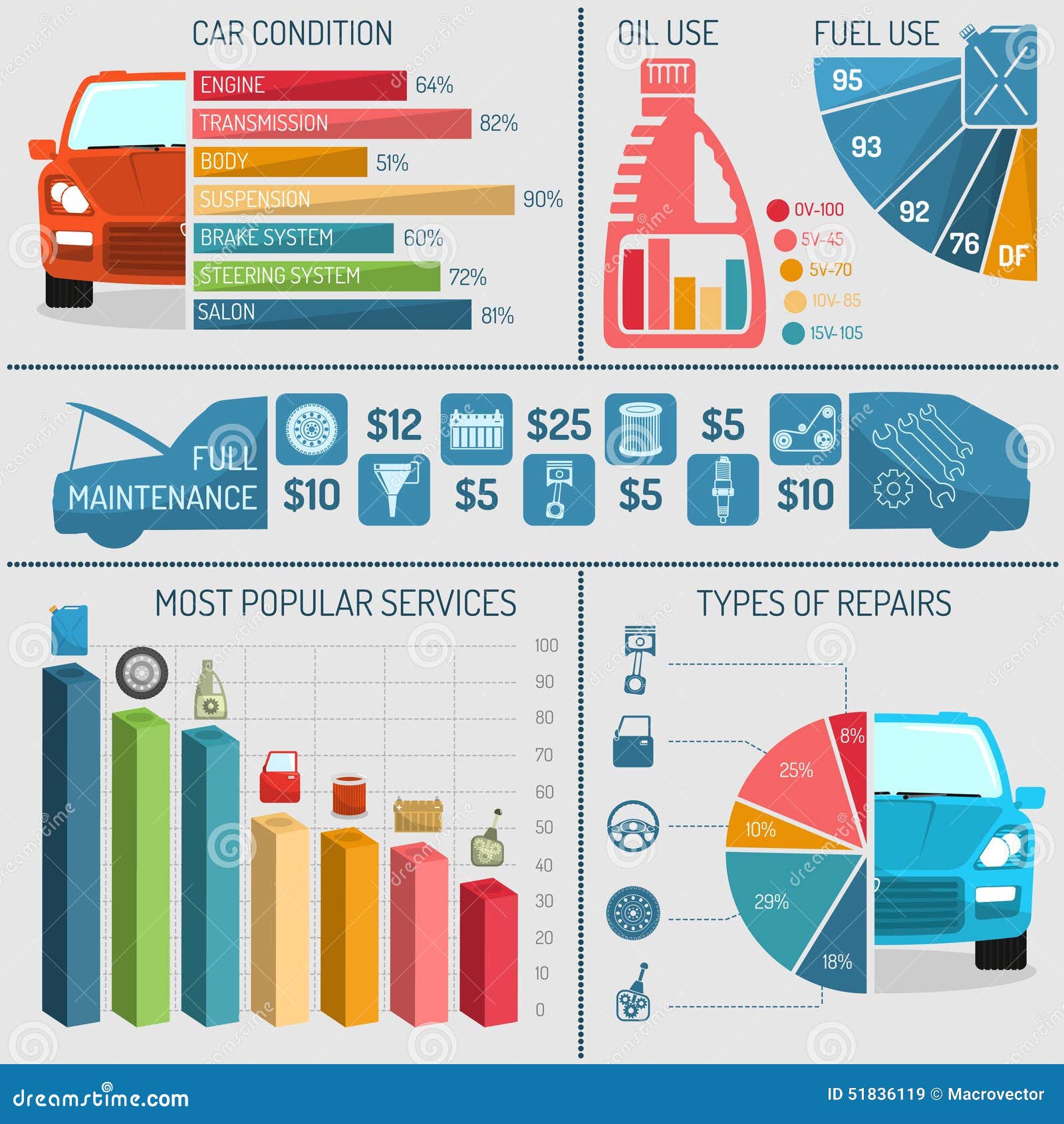Understanding The Importance Of Your Auto'S Warning Signals: What They In Fact Represent
Understanding The Importance Of Your Auto'S Warning Signals: What They In Fact Represent
Blog Article
Post Author-Lim Gilbert
When you lag the wheel, those beautiful caution lights on your control panel can be a bit perplexing. Do you know what they're trying to inform you concerning your automobile's health and wellness? Comprehending the significance of these lights is vital for your security and the long life of your vehicle. So, Get More Information among those lights pops up, would not you wish to decode its message properly and take the necessary steps to address it?
Common Caution Lighting and Interpretations
Determine common warning lights in your vehicle and understand their significances to guarantee secure driving.
The most common caution lights include the check engine light, which signifies problems with the engine or discharges system. If this light begins, it's critical to have your automobile inspected quickly.
The oil stress alerting light indicates reduced oil stress, needing prompt focus to stop engine damages.
A blinking battery light might recommend a malfunctioning charging system, possibly leaving you stranded if not dealt with.
The tire stress tracking system (TPMS) light alerts you to reduced tire stress, affecting vehicle security and fuel effectiveness. Overlooking this could bring about unsafe driving conditions.
The abdominal light suggests an issue with the anti-lock stopping system, compromising your capacity to quit promptly in emergencies.
Last but not least, the coolant temperature alerting light warns of engine getting too hot, which can cause serious damage otherwise resolved swiftly.
Recognizing these typical caution lights will assist you deal with problems immediately and keep safe driving conditions.
Importance of Prompt Interest
Understanding the typical caution lights in your cars and truck is just the initial step; the importance of immediately dealing with these warnings can't be emphasized sufficient to guarantee your safety and security when driving.
When a caution light brightens on your dashboard, it's your auto's means of communicating a possible problem that requires interest. Overlooking these warnings can bring about much more severe troubles later on, compromising your security and potentially costing you much more in repairs.
ceramic coating nz to cautioning lights can stop break downs and crashes. For example, a flashing check engine light can show a misfire that, if left ignored, can create damages to the catalytic converter. Resolving car valet can conserve you from a costly repair.
In a similar way, a brake system warning light may signify low brake fluid or worn brake pads, important components for your security when driving.
Do It Yourself Troubleshooting Tips
If you discover a caution light on your control panel, there are a couple of DIY fixing tips you can try before looking for professional assistance.
The very first step is to consult your auto's manual to recognize what the particular warning light suggests. Sometimes the problem can be as simple as a loosened gas cap causing the check engine light. Tightening https://www.13wmaz.com/article/news/health/central-georgia-doctor-gives-tips-on-how-to-avoid-severe-allergies-this-season-2/93-d0e97ecf-2377-4568-9cdb-f1c6af546f3b may settle the issue.
One more common concern is a reduced battery, which can trigger numerous warning lights. Checking the battery connections for corrosion and ensuring they're safe might take care of the trouble.
If a warning light lingers, you can attempt resetting it by separating the automobile's battery for a few minutes and after that reconnecting it. Additionally, examining your lorry's fluid levels, such as oil, coolant, and brake liquid, can assist repair warning lights related to these systems.
Final thought
Finally, recognizing your automobile's caution lights is vital for maintaining your car running smoothly and safely. By quickly addressing these signals and knowing what they indicate, you can avoid pricey fixings and potential malfunctions.
Remember to consult your auto's manual for specific information on each cautioning light and do something about it appropriately to make sure a hassle-free driving experience.
Stay educated, stay risk-free when traveling!
